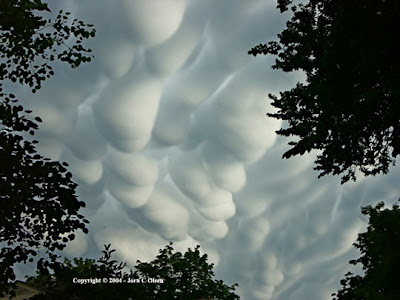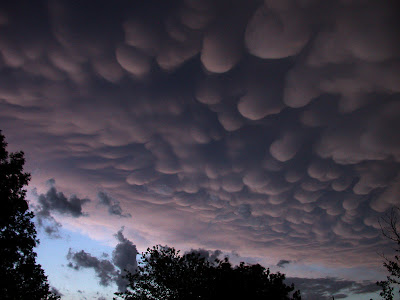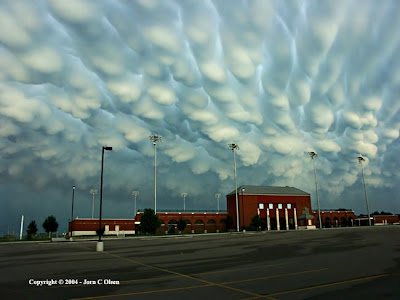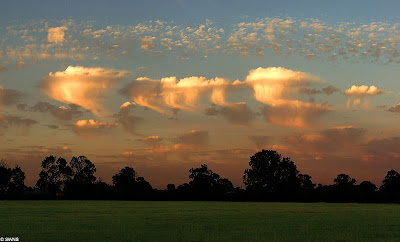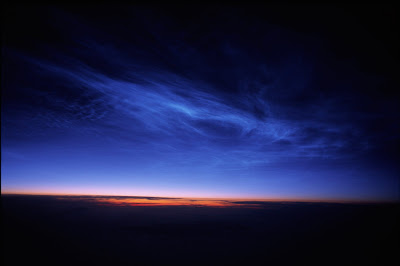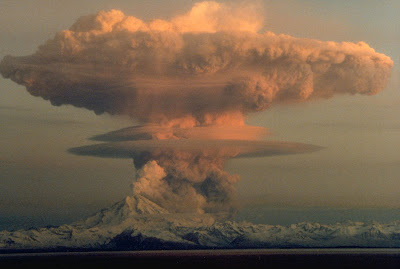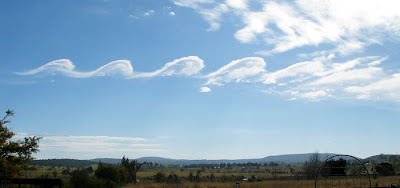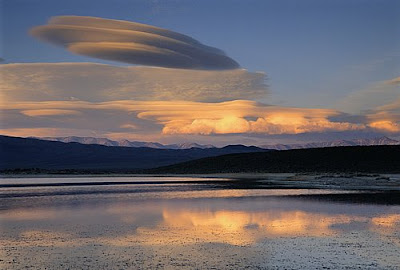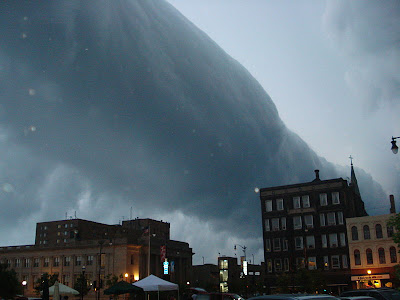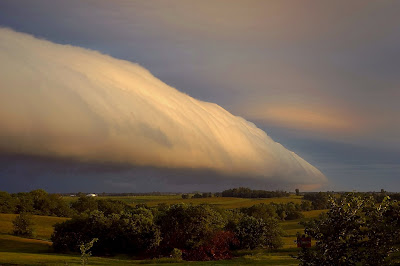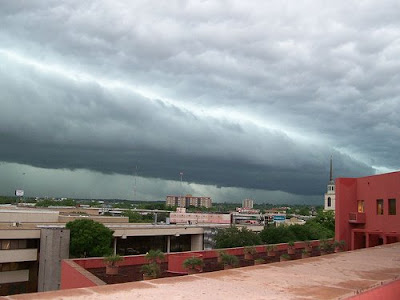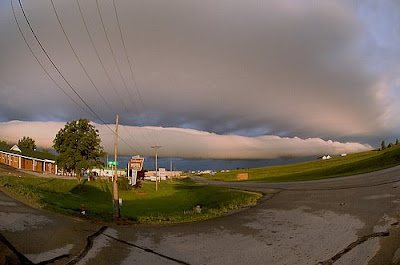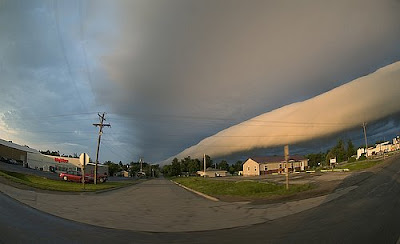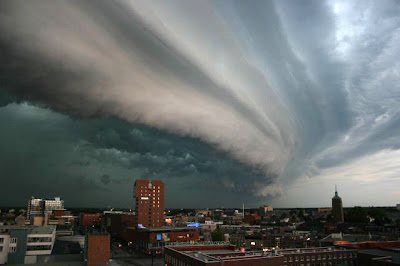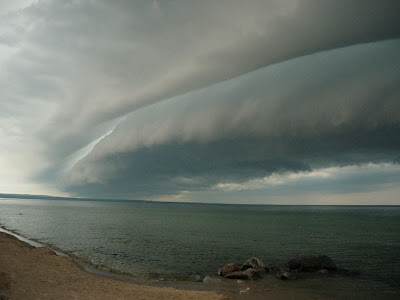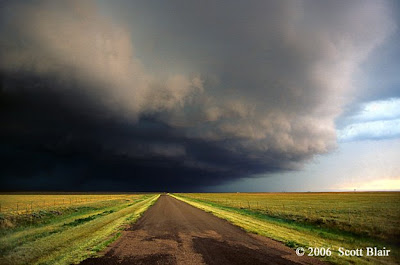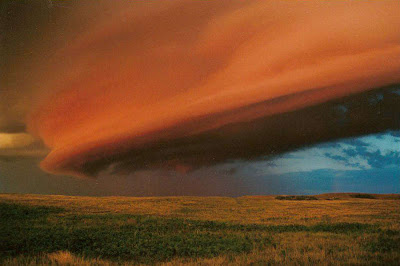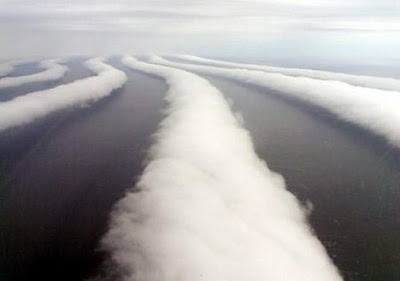riimosaurus
New Member
Salam Alaykom.
I'm stuck in a very annoying position and I need advice as well as evidence.
I love everything Allah has created and I want to share it with everyone.
I have dropped out of my degree and I have decided to pursue my passion in Photography.
Photography to me is capturing moments that will never happen again. I don't take photos of people. I take photos of nature. Every photo that I have taken I have matched it up with an Ayah in the Quran. I want to share this with people so they can not only see what Allah has created but understand that everything has a purpose and it was created for a reason.
From what I know, it's haram to take photos of people or hang them up in the house but what does Islam say about Nature?
When I take photos I always have 1 intention and that is to share Allah's creation. I don't edit my photos unless theres rubbish on the ground that I wasn't able to see while taking the photo.
The reason why I'm doing photography is because seeing what Allah has created in terms of Nature gives me a feeling like no other. Subhan'Allah. That is what I want to share.
My main goal Insha'Allah is to print the photos out onto a canvas with the relevant Ayah from the Quran and sell it to people for a very affordable price.
If my intention is solely to share Allah's creations am I doing something haram?
I need answers.
Thank you.
Peace.
I'm stuck in a very annoying position and I need advice as well as evidence.
I love everything Allah has created and I want to share it with everyone.
I have dropped out of my degree and I have decided to pursue my passion in Photography.
Photography to me is capturing moments that will never happen again. I don't take photos of people. I take photos of nature. Every photo that I have taken I have matched it up with an Ayah in the Quran. I want to share this with people so they can not only see what Allah has created but understand that everything has a purpose and it was created for a reason.
From what I know, it's haram to take photos of people or hang them up in the house but what does Islam say about Nature?
When I take photos I always have 1 intention and that is to share Allah's creation. I don't edit my photos unless theres rubbish on the ground that I wasn't able to see while taking the photo.
The reason why I'm doing photography is because seeing what Allah has created in terms of Nature gives me a feeling like no other. Subhan'Allah. That is what I want to share.
My main goal Insha'Allah is to print the photos out onto a canvas with the relevant Ayah from the Quran and sell it to people for a very affordable price.
If my intention is solely to share Allah's creations am I doing something haram?
I need answers.
Thank you.
Peace.





